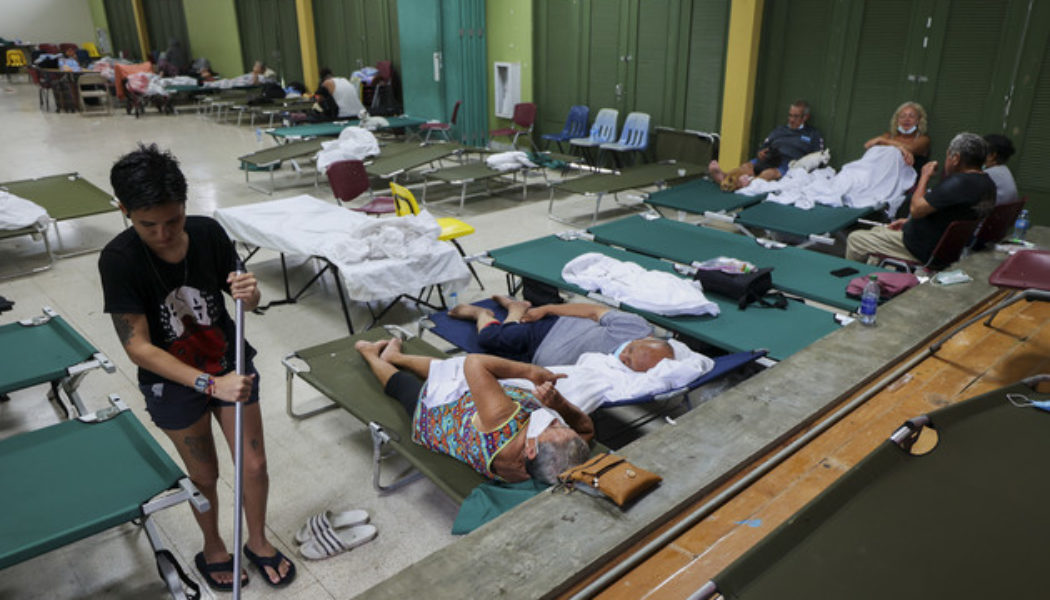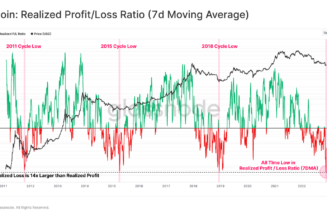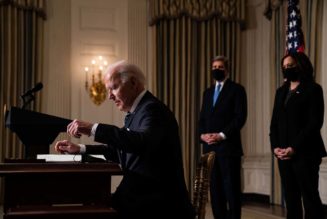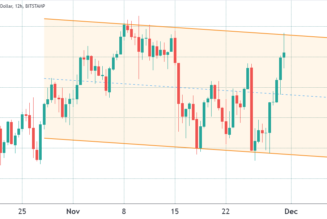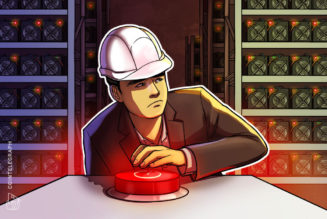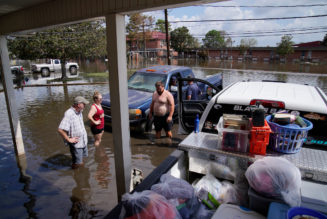The grid’s struggles go back years, stemming partly from under-investment in basic maintenance by the bankrupt, government-owned Puerto Rico Electric Power Authority, as well as the slow flow of billions of dollars in federal disaster aid. But the predominantly Spanish-speaking island’s problems are also rooted in its status as a U.S. territory with no voting representation in Congress and no electoral votes for the presidency.
The privatization of the grid’s management has attracted much of the recent fury, with calls for the Puerto Rican government to take steps to terminate LUMA’s control of the grid as soon as November.
Puerto Rico’s non-voting representative in Congress used a hearing last week to question why LUMA should remain in charge of the grid, and other critics point to figures showing that outages have become longer on average under the company’s management.
“History is repeating itself because now we don’t have Hurricane Maria, but Hurricane LUMA,” said Ruth Santiago, a community and environmental attorney in Puerto Rico and a member of the activist group Queremos Sol, days before the storm hit.
Julio López Varona, co-chief of campaigns for the Center for Popular Democracy, said Monday that the grid’s weakness in the face of Fiona was all too predictable.
“The sad part is that we knew a lot of this would happen,” he said of the island-wide power outage. “It’s kind of a reckoning and it was a bad one.”
LUMA, which has blamed the fragility of the system on decades of mismanagement and neglect, said Monday that it has restored power to more than 100,000 customers.
“We will continue to work non-stop until every customer is restored and the entire grid is reenergized,” LUMA’s public safety manager, Abner Gómez said in a statement.
Fiona hit Puerto Rico as a Category 1 hurricane — the weakest of the five hurricane tiers — but also dumped an estimated 32 inches of rain in some parts of the island, which triggered flooding and mudslides. LUMA said its crews are working “tirelessly” to restore service across the island, but full restoration could take several days.
The unplanned outages cause major damage to equipment essential for businesses and hospitals, along with freezers and refrigerators needed to store medication. And drinking water has been disrupted on the island at least partly due to the lack of electricity and flooding that has overrun systems.
Authorities have blamed at least one death on the storm. Heavy rainfall, flash flooding, damaging winds and rough seas from Fiona continue to lash Puerto Rico even as the storm batters the Dominican Republic, according to the National Weather Service.
Parts of the San Juan metro area had power and water as of Monday, but full restoration of both services has not happened yet, according to people on the ground. Guaynabo, a suburb of San Juan in the northern part of the island, did not have electricity or water service. Significant flooding has occurred in the southern and central parts of the island where rainfall was especially heavy, including the town of Salinas.
Many of the island’s power plants are located in the southern parts of Puerto Rico, which then feed electricity lines to transport energy to the more densely populated areas up north.
The storm arrived two days shy of the fifth anniversary of Maria making landfall on the island as a Category 4 hurricane. Maria, the strongest hurricane to hit Puerto Rico in nearly a century, arrived just two weeks after Hurricane Irma, causing widespread power outages and water service interruptions.
While the Federal Emergency Management Agency has set aside billions of dollars for reconstruction of Puerto Rico’s power grid following those two storms, that money has trickled out slowly. LUMA said it has initiated 225 projects with FEMA, representing more than $5 billion worth of federally funded projects, since it took over management of the grid.
The frequent outages have continued, however. In April, parts of Puerto Rico remained without power for five days following an island-wide blackout due to a possible equipment failure.
In August, LUMA launched an effort to curb the island’s frequent and lengthy power outages amid growing pressure from activists who want to cancel its 15-year contract.
LUMA, a joint venture of Canadian utility holding company ATCO and the U.S. construction firm Quanta Services, was selected by the government-owned Puerto Rico Public-Private Partnerships Authority in June 2020 to manage the grid. The government could cancel the deal as soon as November when a supplemental agreement to the contract is scheduled to expire.
“LUMA has responsibility” for the ongoing power issues “because they took the contract and they are taking the money,” said López Varona, of the Center for Popular Democracy, which organizes communities in favor of a just recovery for Puerto Rico.
López Varona considers himself one of the “lucky ones” because his home has a solar panel system that has performed well during Fiona.
Energy experts and activists also fault Puerto Rico’s government and the territory’s Financial Oversight and Management Board, which Congress created to oversee and approve Puerto Rico’s budget. The board has imposed austerity measures such as cuts in education funding and school closures and reductions in public sector pensions that advocates say has worsened the island’s poverty. The board has also privatized the publicly owned power grid, which activists say has contributed to the power crisis.
“One of the biggest things we need to do is to eliminate the fiscal control board from its existence,” said López Varona. His organization has published a report on the five-year anniversary of the creation of the federal law that aimed to relieve Puerto Rico’s debt crisis — the Puerto Rico Oversight, Management and Economic Stability Act — and deemed it a failure.
Matthias Rieker, a spokesperson for the financial board, said its critics “very often leave open what they define as austerity,” but the organization is focused on restructuring the island’s debt and achieving fiscal responsibility.
Part of that entails breaking the territory’s government-owned utility, the Puerto Rico Electric Power Authority, into two parts: one that deals with the grid and one that deals with power supply and turning management over to private entities.
LUMA is just one part of this effort but has drawn much of the ire from residents.
The island’s non-voting Republican congressional representative, Jenniffer González-Colón, questioned officials from FEMA and LUMA Energy during a hearing Thursday about how much of the billions the federal agency has obligated for Puerto Rico’s recovery has actually gone out the door. That hearing focused on the rebuilding of the power grid and other essential infrastructure in the five years since Maria hit both Puerto Rico and the U.S. Virgin Islands.
González-Colón also questioned why LUMA should remain in charge of the grid.
“I’m really concerned about the outages on the island even when there is no disaster on site,” she said last week.
Shay Bahramirad, senior vice president of LUMA Energy, called the design of the power system “very poor” but said at the hearing that it has improved since the company took it over. She called the road to recovery “a journey.”
Bahramirad cited data she said showed that an average customer in Puerto Rico experiences 7.6 outages in a year, down from 10.6 outages when the grid was still being managed by PREPA. But a report by the Puerto Rico Energy Bureau showed an overall increase in outage duration per customer every month since January — and no improvement in the frequency of interruptions.
“I don’t think we can describe this in any way as progress,” Santiago said.
The House Natural Resources Committee was scheduled to conduct an oversight hearing this coming Thursday about PROMESA and the LUMA contract, but that has been canceled because of the storm, a committee spokesperson said Monday.
While the fiscal board does not have direct oversight of LUMA, it reviewed the company’s contract as part of its requirements for scrutinizing all deals valued at $10 million or more, Rieker said. Those reviews are intended to ensure that contracts are awarded in a competitive fashion and comply with the financial plan established by the board.
“No question we thought LUMA was the right candidate, given the fairly extensive search process,” he said. He added that the island has seen improvements in service and safety under LUMA.
“The problem LUMA is struggling with is that the outages are longer,” he said. “That gives people on the island the impression that the outages are worse than they were under PREPA.”
The complaints about the state of the grid are intertwined with a fierce debate over shifting Puerto Rico toward solar power and away from its traditional reliance on fossil-fuel energy and long-distance power lines.
Renewable energy advocates are pushing FEMA to use the $9.5 billion obligated for reconstruction of Puerto Rico’s power grid to put rooftop solar on the homes of residents who cannot otherwise afford the upfront costs of the systems. They say this would make people less vulnerable to outages, including those caused by storms such as Fiona.
Anne Bink, associate FEMA administrator for the Office of Response and Recovery, pledged last week that the money would be “completely utilized” in a way that complies with the island’s renewable energy goals.
Under the 2019 Puerto Rico Energy Public Policy Act (17-2019), PREPA is required to obtain 40 percent of its electricity from renewable resources by 2025, 60 percent by 2040 and 100 percent by 2050. The law also requires it to phase out coal-fired generation by 2028.
“While it takes time to get there, we think it’s time well spent because the island will be more resilient, more independent from an energy perspective going forward,” Bink said at last week’s hearing.
Soaring fossil fuel expenses for an island that imports much of its energy resources have driven electric rates from 18.2 cents per kilowatt-hour in January 2021 to 33.4 cents today — on an island where the median income is $21,000, according to Institute for Energy Economics and Financial Analysis.
PREPA’s rates are higher than the average household on the mainland U.S., with ratepayers paying 8 percent of their income for electricity compared with the U.S. average of 2.4 percent.
“People can’t pay any more,” Santiago said.
Isabel Dobrin contributed to this report.
[flexi-common-toolbar] [flexi-form class=”flexi_form_style” title=”Submit to Flexi” name=”my_form” ajax=”true”][flexi-form-tag type=”post_title” class=”fl-input” title=”Title” value=”” required=”true”][flexi-form-tag type=”category” title=”Select category”][flexi-form-tag type=”tag” title=”Insert tag”][flexi-form-tag type=”article” class=”fl-textarea” title=”Description” ][flexi-form-tag type=”file” title=”Select file” required=”true”][flexi-form-tag type=”submit” name=”submit” value=”Submit Now”] [/flexi-form]
